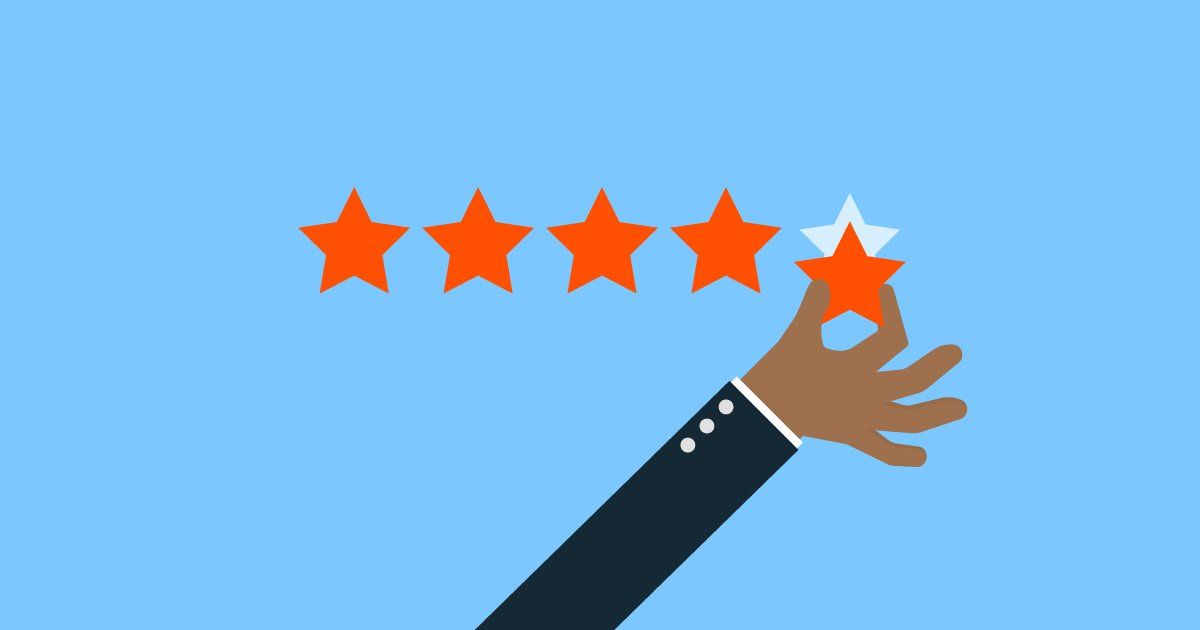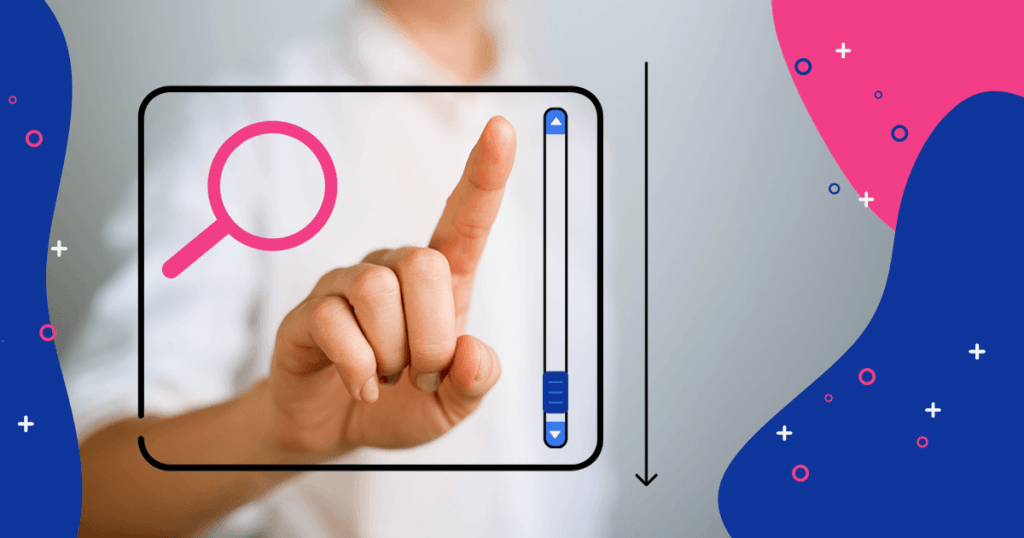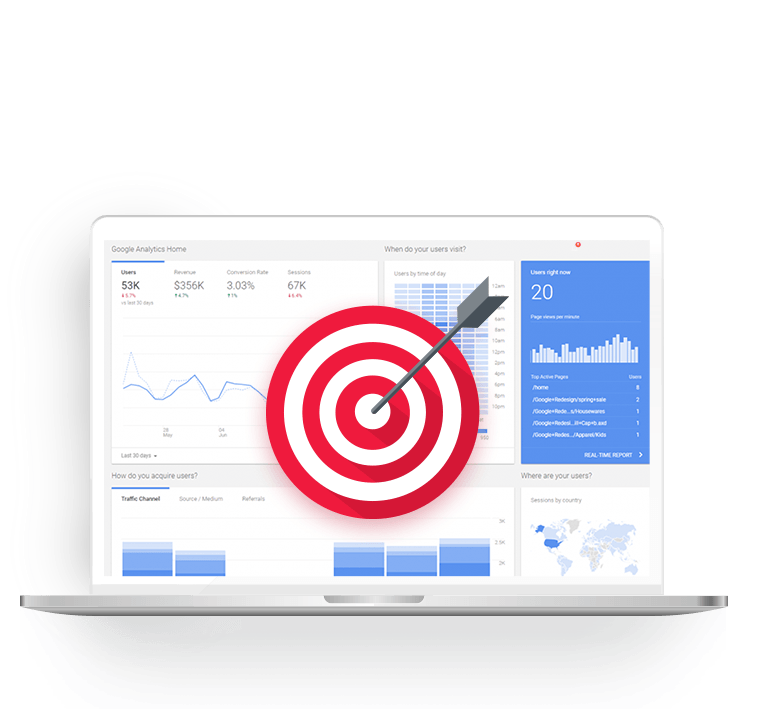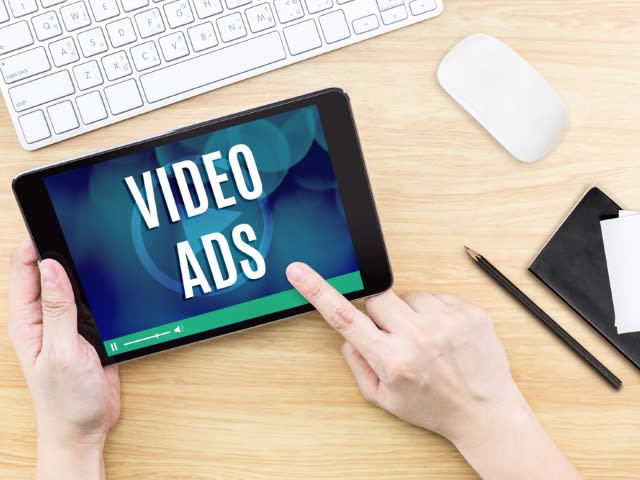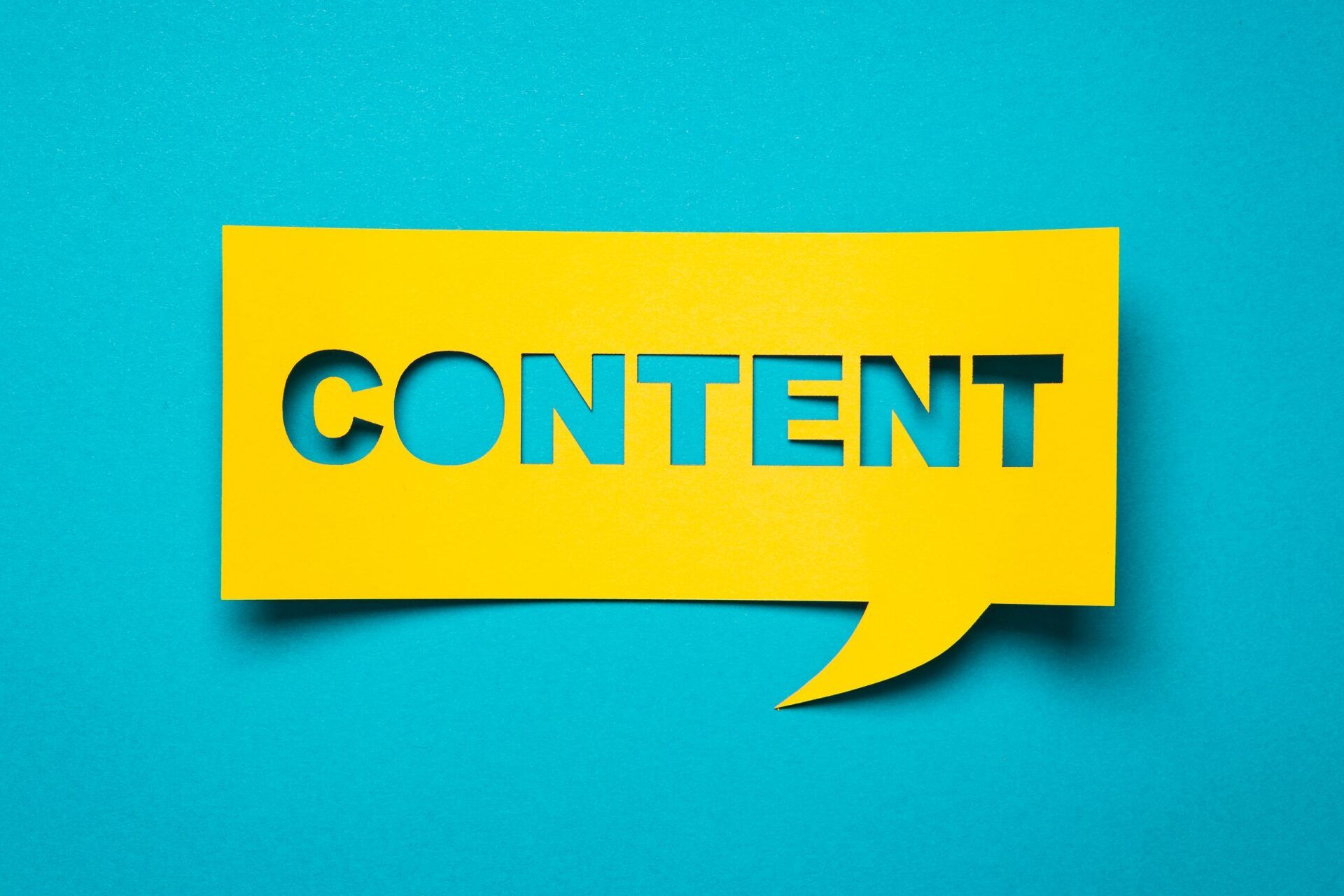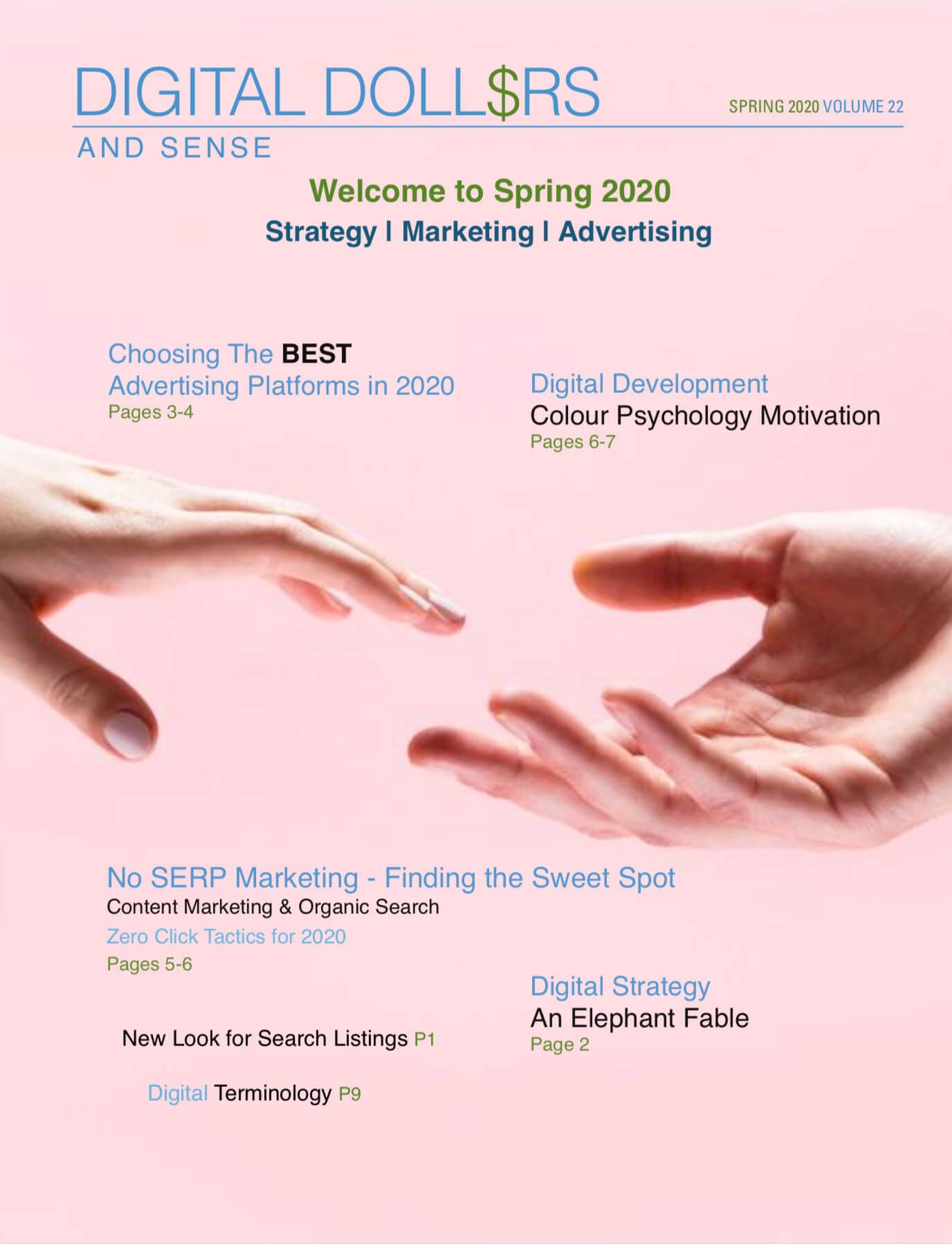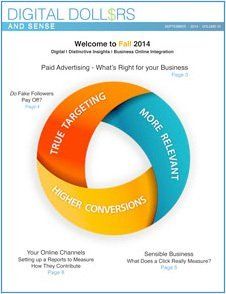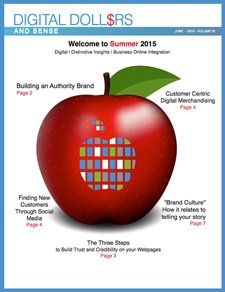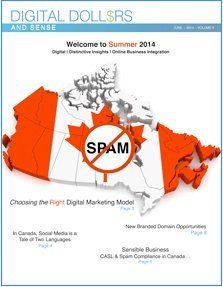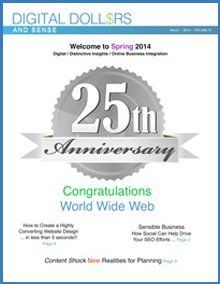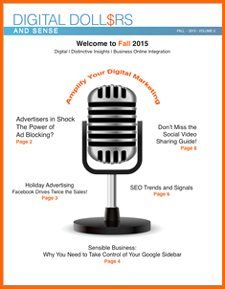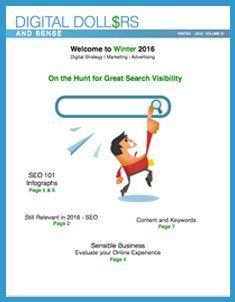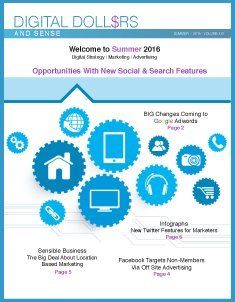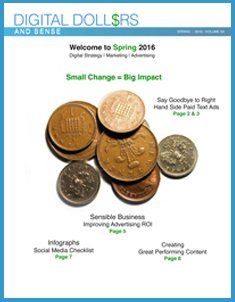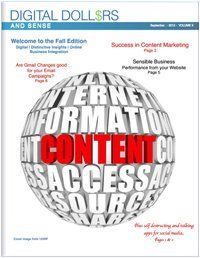Optimizing Landing Pages
- By Cheryl Kenny
- •
- 08 Dec, 2020
To Generate Conversion Actions
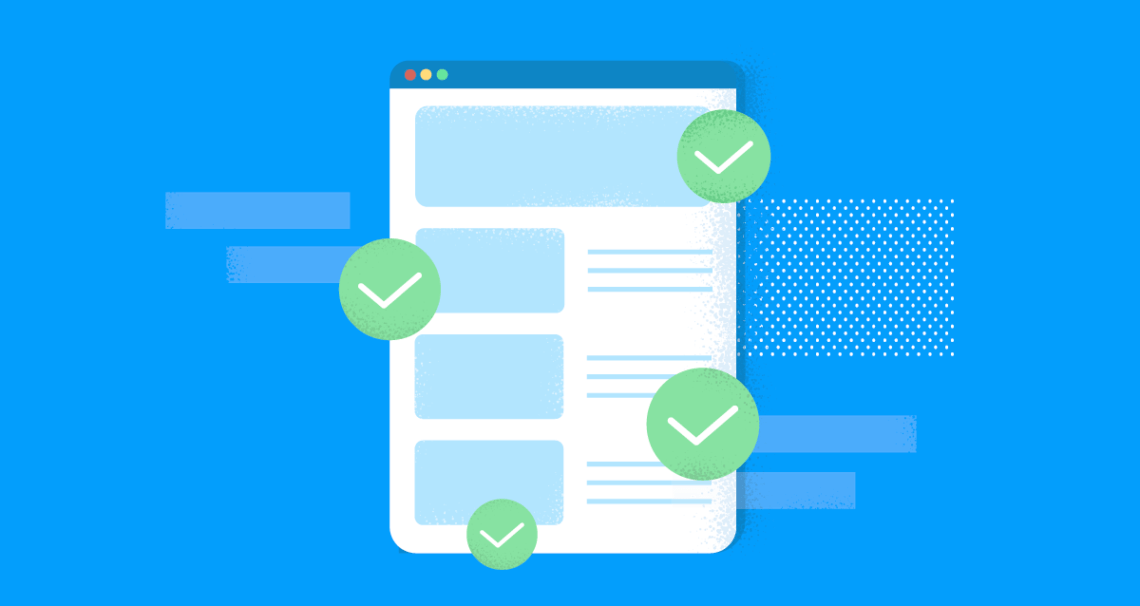
This article discusses how to optimize landing pages for conversion and leave a strong impression of your brand, products and services.
Landing pages are often the first point of contact with your business. They provide an impression and a taste of what your business offers and invite visitors to explore further. The purpose of a landing page is to have a visitor take action such as purchase a product, download a sample and inquire for more information.
On average, it takes .5 seconds for a visitor to form an opinion bout a landing page. To generate and keep visitor’s interest, it is important to communicate your value with an appealing visual design.
Know Your Customer - Consider their motivation for the visit. Ensure your content answers what they need to know to make a decision.
Benefit Oriented Headline - A big portion of landing page success is testing to gett the headline right. Viewers focus on the headline first, so highlight the solution to your readers' problem, communicate the benefit and articulate “what's in it for them”.
Clear & Relevant Content - A landing page is more than a product listing or detail page. *It should answer questions such as a) Does this site have what I am looking for? b) Is there enough information? c) Can I trust this site? d) How long will this take? e) What’s the next step or process?
Design With Real Copy - An effective approach for landing page optimization is to adopt content-first design, and make developing content early a top priority.
One Call to Action (CTA) - Have one specific offer for each landing page, to keep the prospect focused on one thing at a time.
Benefit Oriented CTAs - Make CTA buttons and links descriptive, and include why the visitor should click the button.
Content Length - Short copy performs better when an offer is free, inexpensive, or an impulse. Long copy is more suitable for expensive or complex products. When rational thinking and analysis are factors for the purchase, longer copy with explanations, proof, and testimonials creates a more compelling case.
Other Factors - Additional items to consider include form fields, form length, image optimization, use of popups and page load time.


